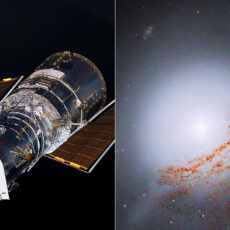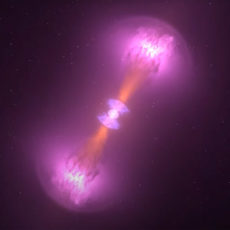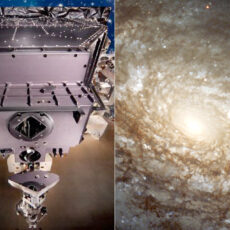
Stars are like grains of sand, each holding a piece of the universe’s history. The latest image from the NASA/ESA Hubble Space Telescope takes us to NGC 1786, a dense star cluster in the Large Magellanic Cloud, a smaller galaxy orbiting our Milky Way, about 160,000 light-years from Earth.
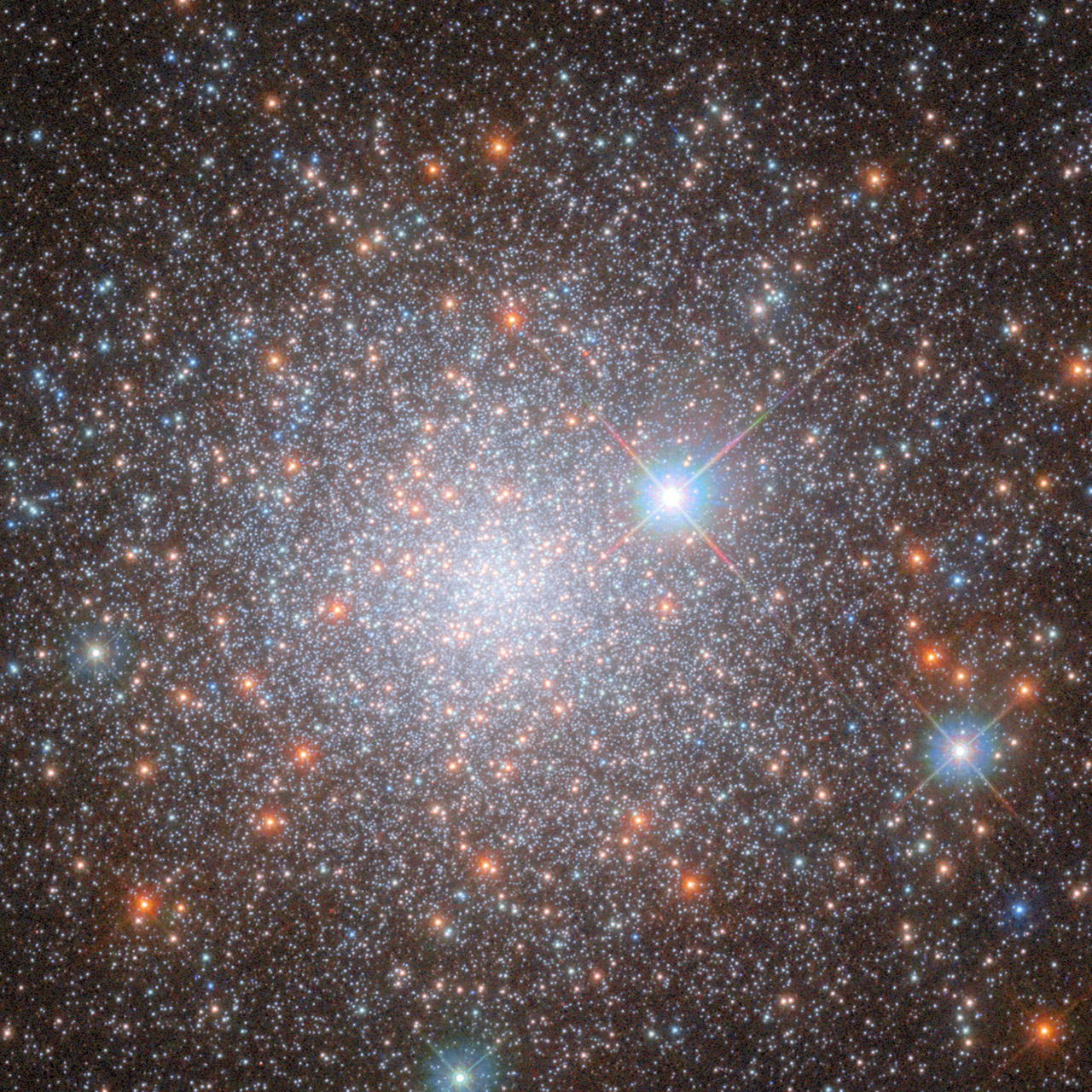
In the constellation Dorado—a faint region of the southern sky named after a fish—NGC 1786 is a round, compact bundle of stars held together by gravity, about 120 light-years across. Unlike the showy spiral galaxies, globular clusters like this one are tight, spherical and old. “Our galaxy has over 150 of these old, spherical collections of tightly-bound stars which have been studied in depth—especially with Hubble Space Telescope images like this one which show them in unprecedented detail,” an ESA statement says.
- Interactive model – Inspire kids to build a representation of the Earth, Sun and Moon in orbit with this LEGO Technic Planet Earth and Moon in Orbit...
- Educational space toy – Kids can turn the crank to see how the Earth and the Moon orbit around the Sun
- Includes months and moon phases – This solar system toy includes printed details, like the month and moon phases to help kids see how the Earth’s...
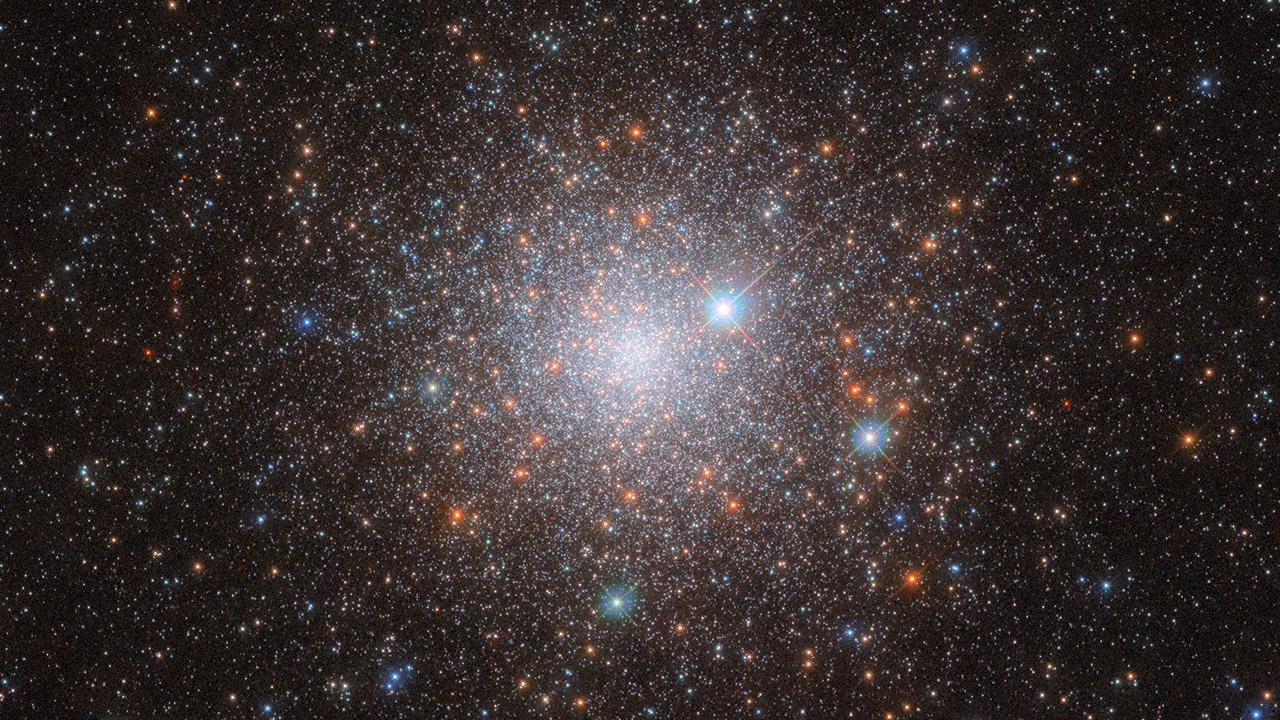
Astronomers used to think all the stars in a globular cluster were born at the same time, like a big family. But new findings tell a different story. “Astronomers once thought the stars in a globular cluster formed together, but we now know this is not the case,” the Hubble team says. Looking closely at NGC 1786 shows stars of different ages, so these clusters have messier, more complicated beginnings than a single burst of star formation. This cluster isn’t just a snapshot—it’s a layered record, with each star telling us about how galaxies like the Large Magellanic Cloud formed.
The Large Magellanic Cloud itself adds to the story. At 160,000 light-years away it’s a nearby dwarf galaxy orbiting our Milky Way. NGC 1786 is like a small chapter in that bigger book. Globular clusters are often called “fossils” of galaxy formation because they’ve lasted so long, their stars bound in a gravitational dance that keeps them together. But the mix of star ages in NGC 1786 shows it’s not just a dusty old relic. It might have grown by stealing stars or gas from other clusters or even the Large Magellanic Cloud itself.




